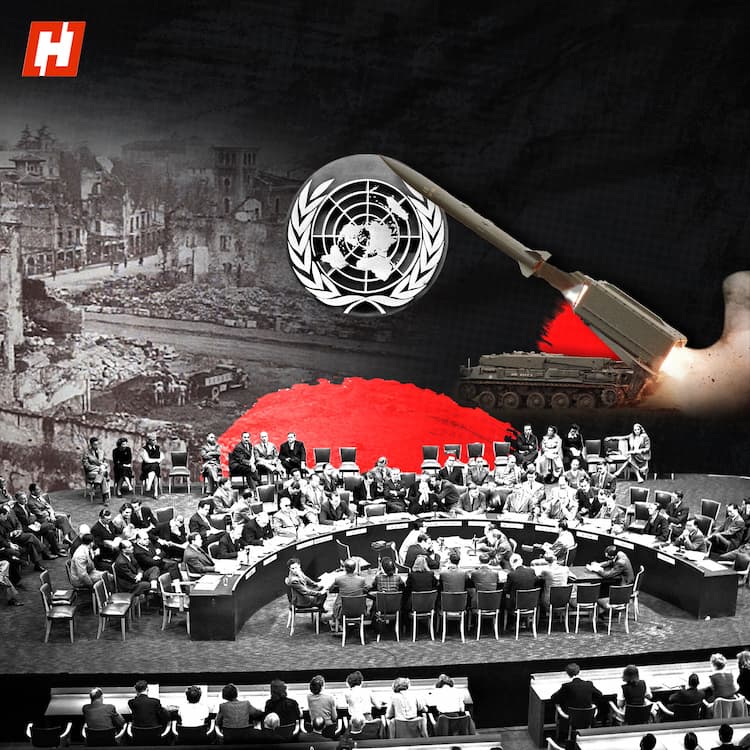Trade it. Hoard it. Fear it. For nearly a century, The US Dollar is the one currency that has ruled them all. And to no one’s surprise, most believe it isn’t just a currency — it is power.
But suddenly that power is being challenged. So — is the world finally breaking up with the dollar?
Let’s break it down in 3 Questions.
QUESTION 1: Why do countries want to ditch the dollar?
Let’s start with the obvious: The US Dollar runs the world. Nearly 90% of global trade is invoiced in dollars. Even countries that hate the US use it to settle deals. Be it oil, microchips, debt, you name it!
But here’s the catch: Using the dollar gives the US an outsized superpower — it can print money, monitor flows, and slap sanctions that actually hurt. Just ask Iran. Or Russia. Or Venezuela.
And during the Ukraine war? The US and EU froze Russia’s dollar reserves — nearly $300 billion. That was a turning point. Countries realised: "If it can happen to them, it can happen to us."
QUESTION 2: Who’s leading this anti-dollar movement?
You see, the breakup isn’t just emotional, it’s strategic. Enter the BRICS+ gang — Brazil, Russia, India, China, South Africa, and now others like Egypt, UAE, and Iran.
They’re talking about trading in their own currencies, creating a BRICS currency — though the proposal's still in the air — and signing deals without touching the dollar.
China and Brazil have already settled trade in Yuan. India has used the Rupee to pay for oil from Russia. And countries like Saudi Arabia are considering selling oil in non-dollar currencies — something unthinkable a decade ago.
Even the IMF reports a slow decline in dollar reserves globally. From 70% in 2000 to just about 58% today.
The dollar isn’t dying. But it’s definitely being ghosted. That brings us to the last and most important question
QUESTION 3: What does this mean for India — and the world?
Let’s be real: the dollar isn’t going away tomorrow. But a more multi-currency world is forming. And for India — this is both an opportunity and a headache.
On the one hand, India can push for rupee trade deals — like that with Russia — reduce dependence on volatile dollar rates and strengthen its financial clout in the region.
But it's also a headache. Trade in the Rupee exposes the currency to higher instability with rising global uncertainty. Importers and exporters who hedge their exposure to the dollar will now have to mitigate risk in multiple currency systems. And if capital flees the dollar, emerging markets like India might feel the tremors first.
Meanwhile, countries are buying gold like it’s 1971 again. Even the Reserve Bank of India is stacking up — quietly. The message is clear: Trust in the dollar isn’t collapsing but it’s definitely not unquestioned anymore.
So — is the world breaking up with the US dollar? Not quite. But it’s definitely swiping right on other options. And that changes everything — from trade to tech, war to wallets.
This was the World in 3 Questions. See you in the next one.





